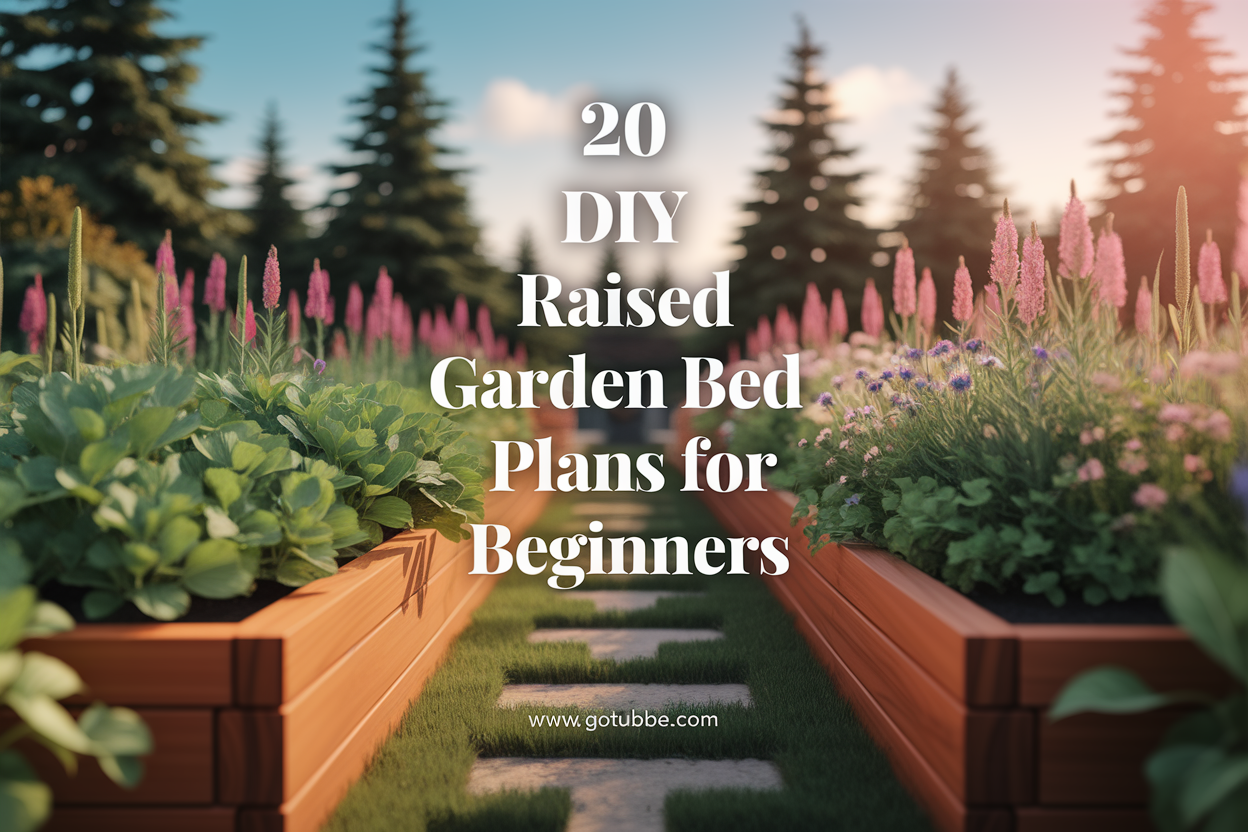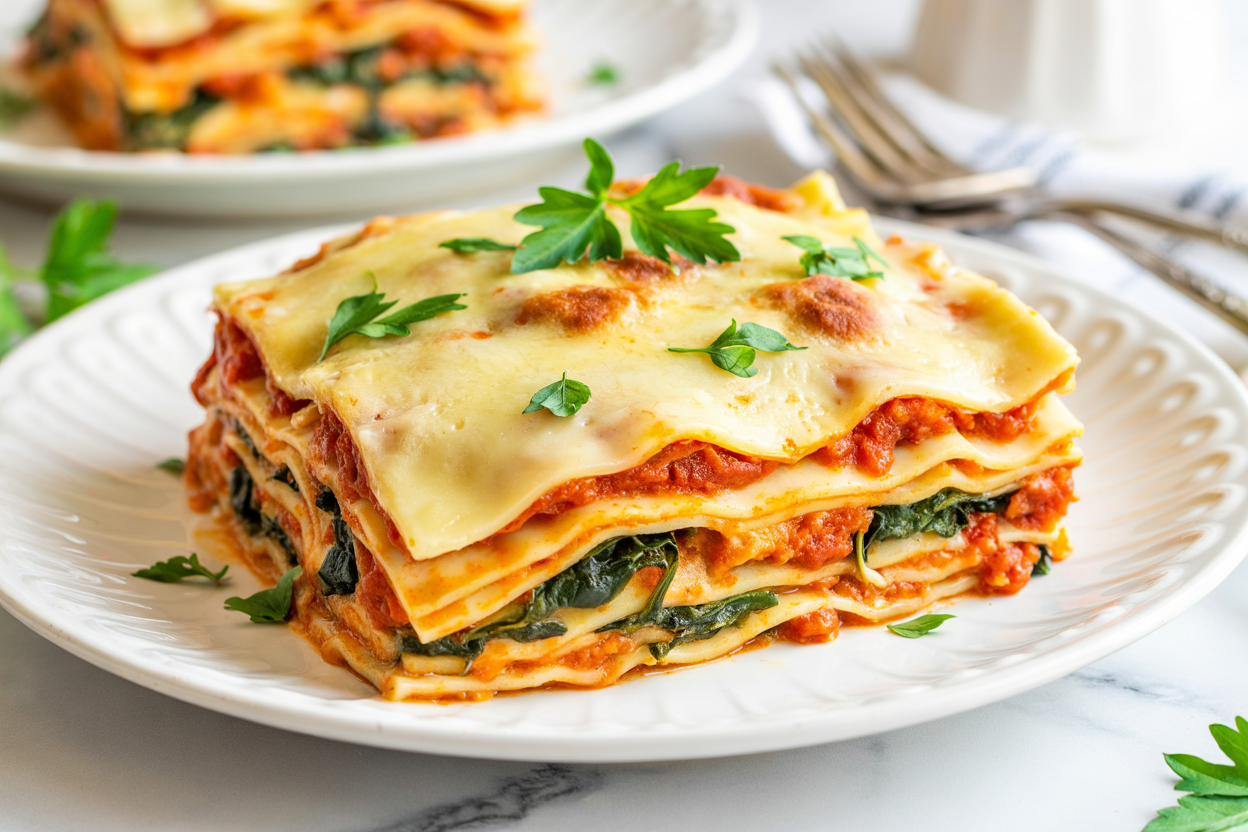Introduction:
Are you a beginner looking to start your own garden but not sure where to begin? Raised garden beds are a great way to grow plants in a controlled environment, making gardening more accessible and manageable for beginners. In this article, we have compiled 20 DIY raised garden bed plans that are perfect for beginners. These plans range from simple and affordable designs to more complex and decorative ones, allowing you to choose the one that best suits your needs and preferences. Whether you have limited space, poor soil quality, or just want to try your hand at gardening, these raised garden bed plans will help you get started on your gardening journey.
1. Elevated Planter Raised Bed
An elevated planter raised bed is a practical and stylish way to grow vegetables, flowers, and herbs in your garden. Raised beds provide better drainage, soil aeration, and easier access for planting, weeding, and harvesting. Elevating the planter adds an extra level of convenience by bringing the garden bed up to a more comfortable height, reducing strain on your back and knees. This design also helps to deter pests and critters from damaging your plants. With an elevated planter raised bed, you can enjoy gardening with less effort and more success.

source: www.instructables.com
2. DIY Raised Vegetable Bed
Creating a raised vegetable bed is a fantastic way to grow your own produce, even in a limited space. By building a raised bed, you can control the soil quality, drainage, and overall environment for your plants. To start, choose a sunny location and gather materials like untreated wood, bricks, or even recycled materials. Construct a box-like structure and fill it with a mix of soil, compost, and other amendments. Then, plant your favorite vegetables and watch them thrive in your DIY raised bed. Not only does this project provide fresh and healthy produce, but it also adds a charming and functional element to your garden.

source: www.thenavagepatch.com
3. Building Raised Garden Beds
Building raised garden beds is a great way to start a garden in a small space or in areas with poor soil quality. These beds are essentially boxes filled with soil that are elevated off the ground, making it easier to plant, weed, and harvest crops. You can use a variety of materials such as wood, stone, or even metal to construct the beds. Raised garden beds offer better drainage than traditional gardens and can also help prevent soil compaction. They can be customized to fit your space and needs, making them a versatile option for any gardener.
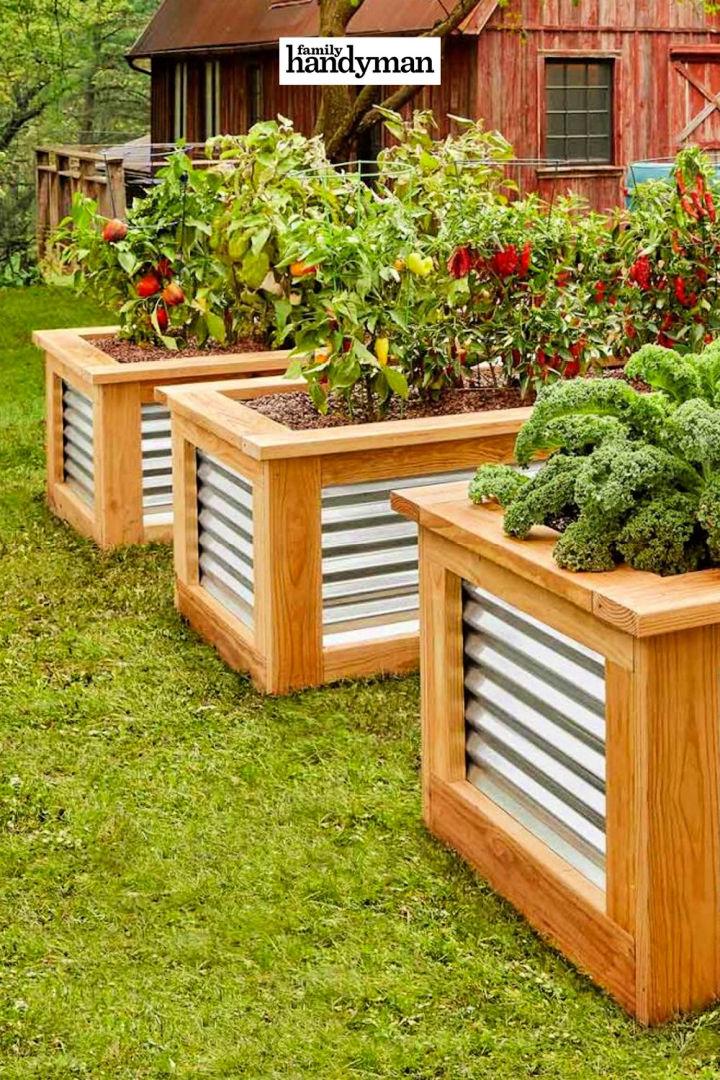
source: www.familyhandyman.com
4. L Shaped Raised Garden Bed
An L shaped raised garden bed is a great way to optimize space in your garden while also creating a visually appealing design. This type of garden bed is perfect for corner areas or along the edge of a patio or deck. By utilizing the L shape, you can easily separate different types of plants or create a specific layout for your garden. Raised garden beds also provide better drainage and prevent soil compaction, leading to healthier plants. With the added height of a raised garden bed, it is easier to plant, weed, and harvest your crops without having to bend over, making gardening more enjoyable and accessible for al
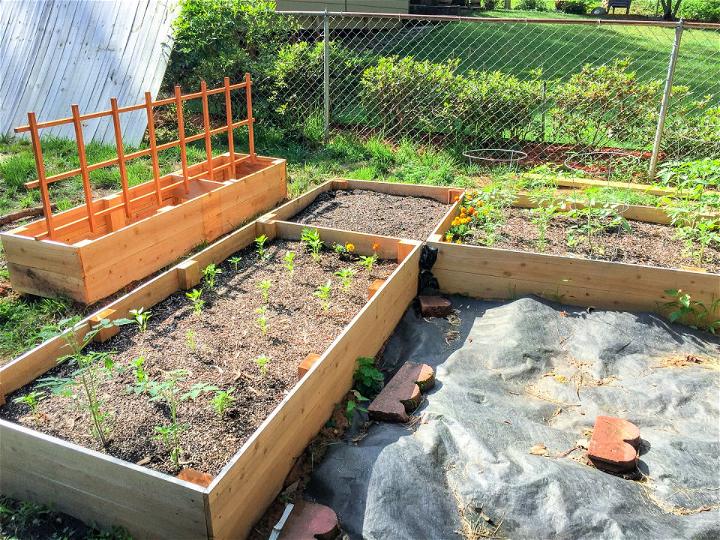
source: www.uglyducklinghouse.com
5. Elevated Raised Garden Bed
An elevated raised garden bed is a great way to take your gardening skills to new heights. By raising the bed off the ground, you can protect your plants from pests and diseases while also reducing strain on your back from bending over. The elevated design also allows for better drainage and prevents waterlogging, leading to healthier plants. Additionally, the raised height makes it easier to control the soil quality, temperature, and overall environment for your garden. Overall, an elevated raised garden bed is a practical and efficient way to cultivate a beautiful and thriving garden.
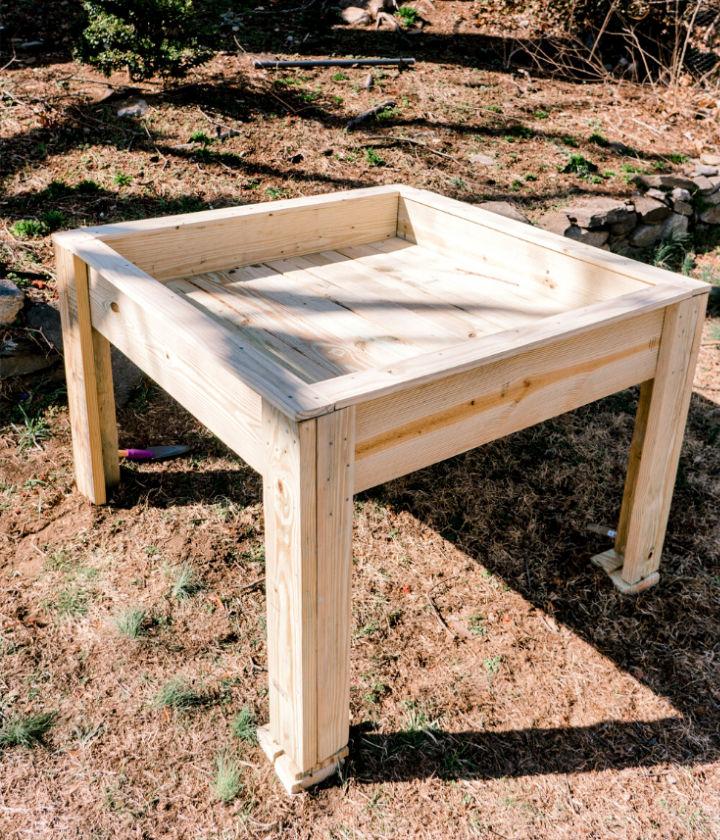
source: ifonlyapril.com
6. Raised Garden Beds from Wood Pallets
Using wood pallets to create raised garden beds is a creative and cost-effective way to grow your own vegetables and flowers. By repurposing old pallets, you can easily construct a raised bed that provides good drainage and helps to prevent weeds. This DIY project is perfect for those with limited gardening space or poor soil quality, as the raised beds can be placed on any surface and filled with nutrient-rich soil. Additionally, the height of the beds makes gardening more accessible and easier on your back. Overall, creating raised garden beds from wood pallets is a sustainable and practical solution for anyone looking to start a garden in a small space.

source: everydayshortcuts.com
7. How to Build a Raised Bed
To build a raised bed, start by choosing a location with good sunlight and access to water. Next, mark the perimeter of the bed using stakes and string. Clear the area of any debris, weeds, or grass. Use untreated wood, bricks, or stones to create the walls of the bed, making sure it is level and securely in place. Fill the bed with a mixture of topsoil and compost, leaving a few inches at the top for planting. You can now start planting your vegetables, flowers, or herbs in the raised bed, enjoying the benefits of better drainage, soil quality, and easier maintenance.
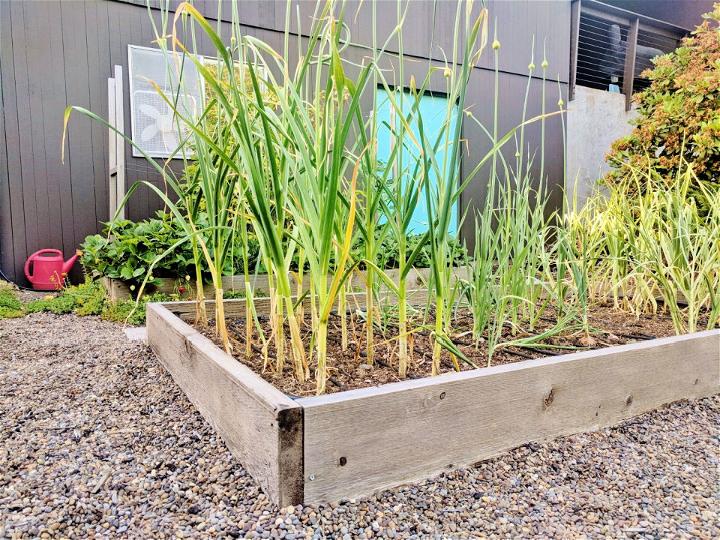
source: www.hammerandaheadband.com
8. Raised Garden Bed from Cedar Boards
provides an attractive and durable solution for establishing a garden in limited spaces. Cedar boards offer natural resistance to rot, decay, and insect infestation, making them an ideal choice for constructing raised beds that will last for years. These beds can be customized to fit any size or shape and can be easily assembled with basic tools. The elevated design also helps to prevent weeds and pests from infiltrating the garden while providing good drainage for healthy plant growth. Overall, a raised garden bed from cedar boards is a practical and aesthetically pleasing option for growing your own fruits, vegetables, and flowers.
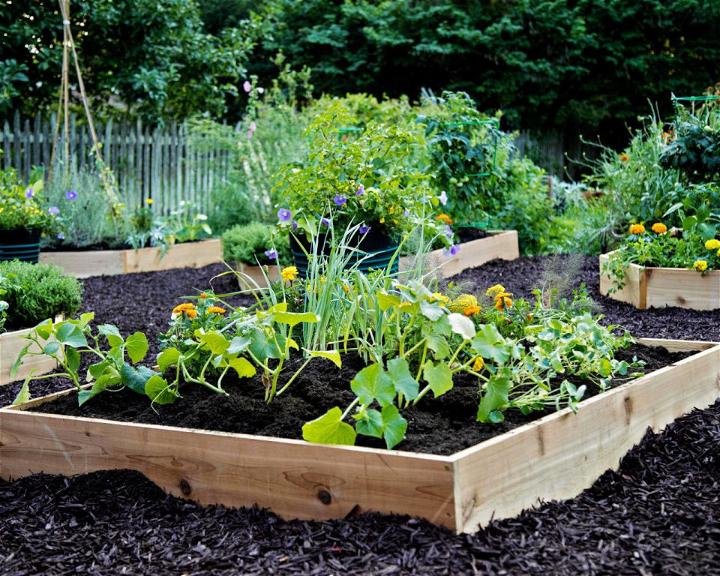
source: www.hgtv.com
9. Raised Garden Bed Using Shipping Pallet
Creating a raised garden bed using shipping pallets is a cost-effective and environmentally friendly way to grow your own vegetables or flowers. By repurposing old pallets, you can easily build a sturdy and durable garden bed that elevates your plants off the ground, making it easier to tend to them and reducing the risk of pests or weeds. Simply stack the pallets on top of each other, fill the gaps with soil, and start planting! This DIY project not only provides a practical solution for gardening in limited spaces but also adds a rustic charm to your outdoor space.
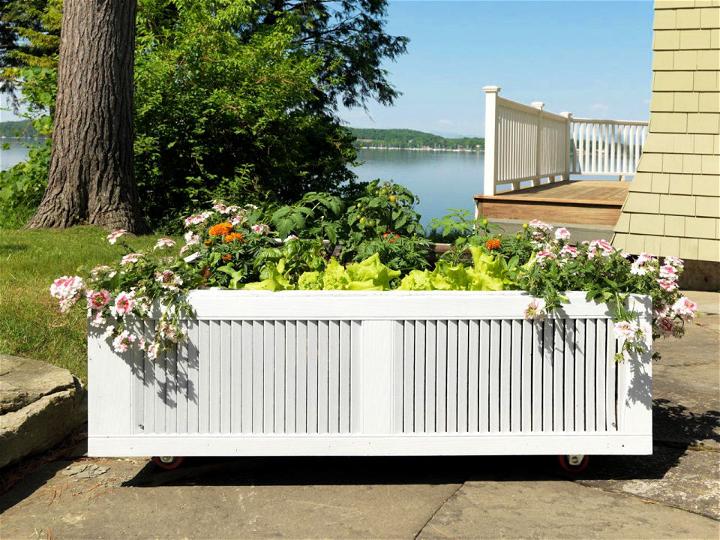
source: www.hgtv.com
10. Raised Garden Bed with a Metal Fence
A raised garden bed with a metal fence offers a practical and stylish solution for growing plants while keeping them protected. The raised bed allows for better soil drainage and prevents soil compaction, leading to healthier plants and higher yields. The metal fence adds a decorative touch to the garden bed while also serving a functional purpose by keeping out pests and critters. This combination of raised bed and metal fence creates a lovely and productive gardening space that is both visually appealing and highly functional.
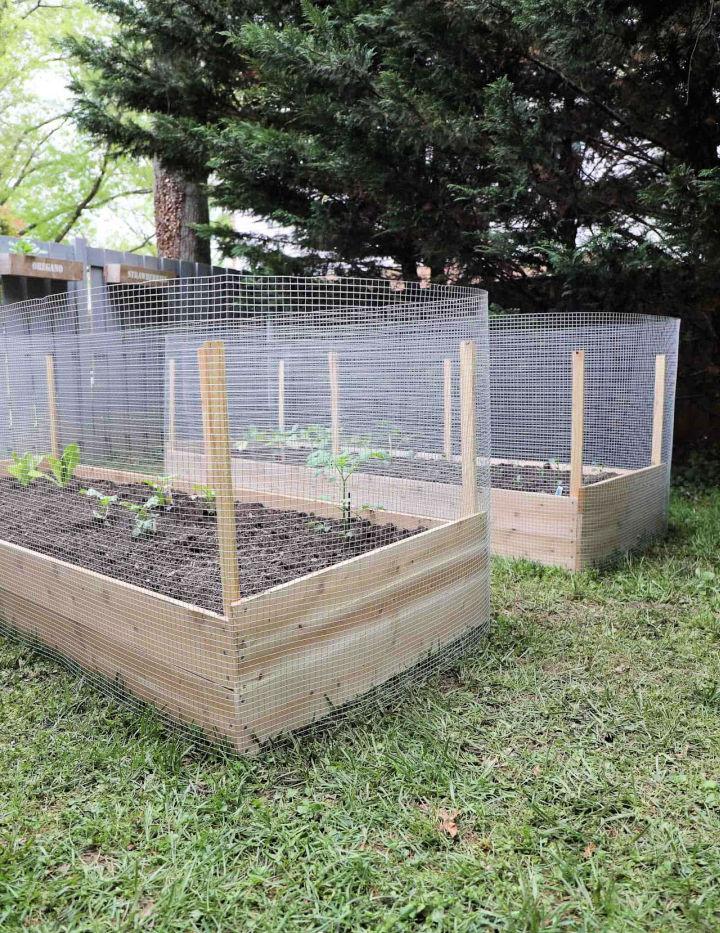
source: thriftdiving.com
11. Small Elevated Garden Bed
A small elevated garden bed is a great solution for those with limited space or mobility. These raised beds are easy to access and maintain, making gardening more enjoyable and accessible to everyone. They can be placed on a patio, balcony, or even indoors, allowing you to grow your own herbs, vegetables, or flowers without a traditional garden plot. The elevated design also helps to prevent pests and weeds from damaging your plants. Overall, a small elevated garden bed is a practical and convenient way to bring the joy of gardening into your life.
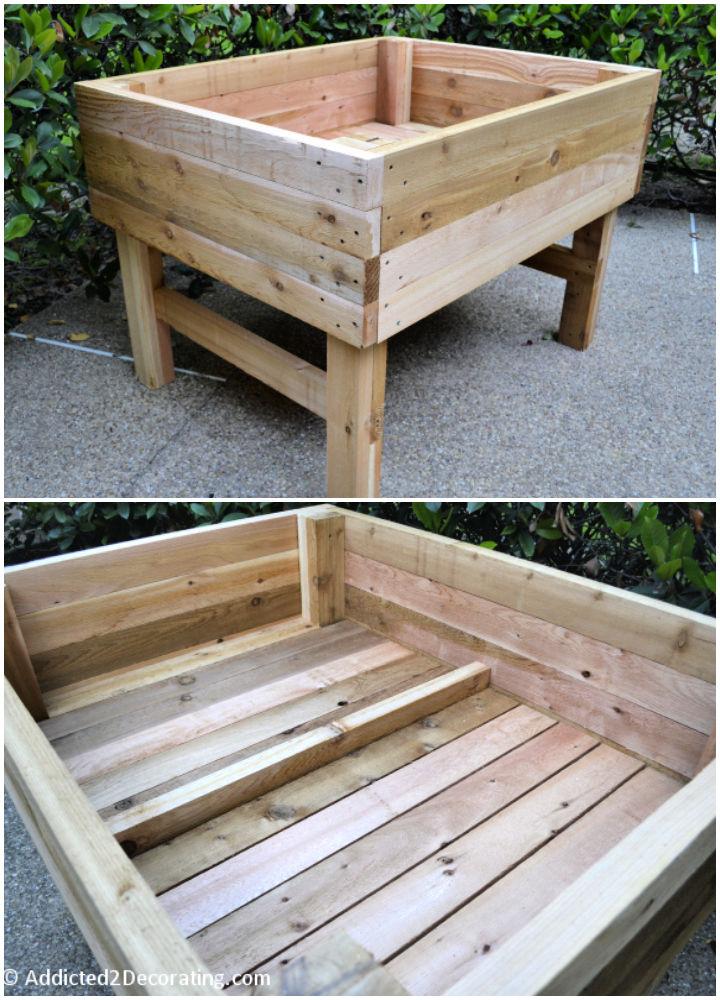
source: addicted2decorating.com
12. DIY Raised Planter Box
Creating a raised planter box is a fun and practical project for gardeners of all skill levels. By building a raised planter box, you can control the soil quality and drainage, making it easier to grow healthy plants. To start, gather materials such as wood, screws, and a saw. Cut the wood to your desired dimensions and assemble the box using a simple design. Make sure to drill holes in the bottom for drainage. Once your raised planter box is complete, fill it with nutrient-rich soil and start planting your favorite flowers, herbs, or vegetables. Enjoy the convenience and beauty of gardening with your DIY raised planter box!
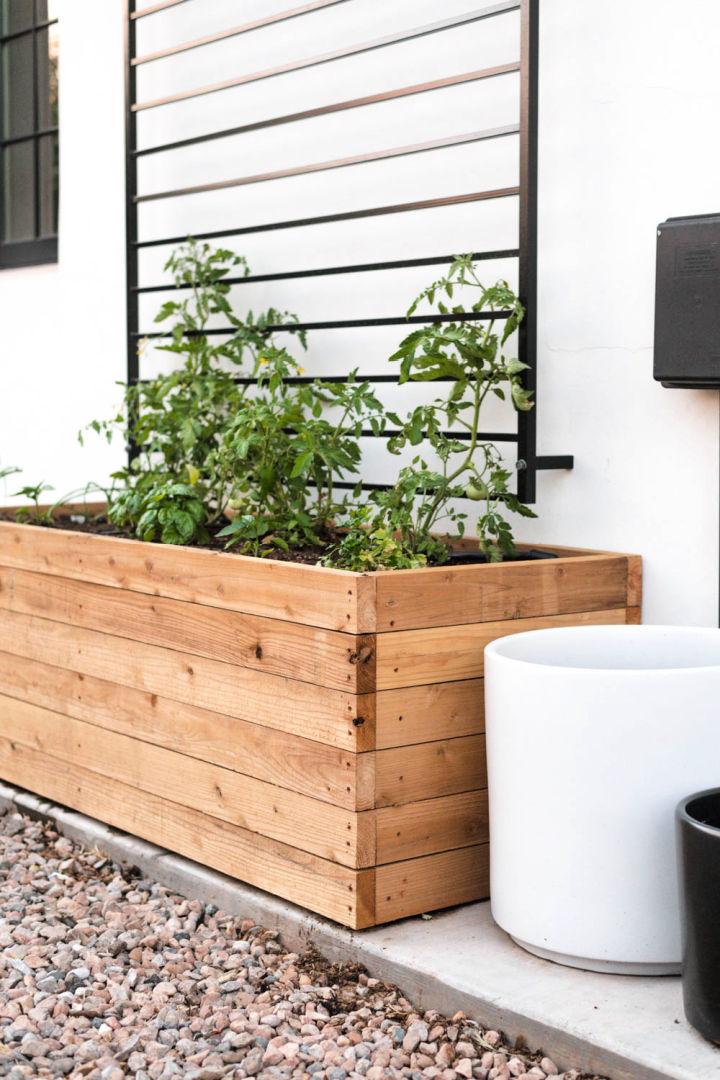
source: vintagerevivals.com
13. Corner Raised Garden Bed
offers a practical and space-saving solution for growing plants and vegetables in a small outdoor space. By utilizing a corner of your yard or patio, you can create a raised bed that is easy to maintain and provides good drainage for your plants. This type of garden bed is also perfect for adding vertical elements, such as trellises or stakes, to support climbing plants like tomatoes or beans. With a corner raised garden bed, you can enjoy the benefits of gardening even in limited spaces.
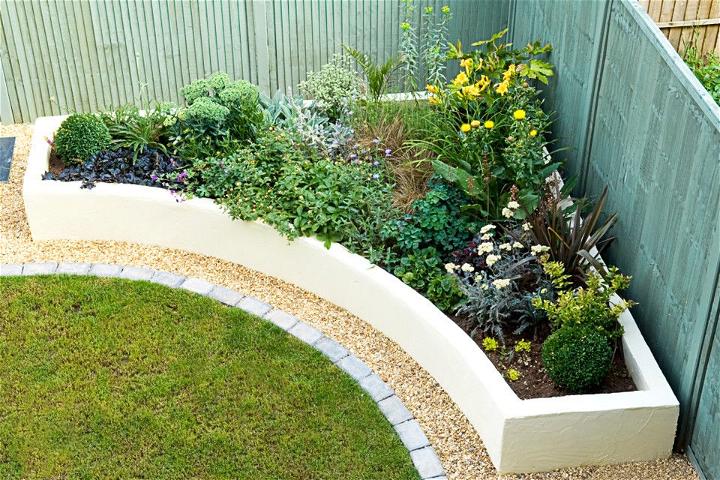
source: www.gardenersworld.com
14. Build Your Own Raised Herb Garden
Building your own raised herb garden is a fun and rewarding way to grow fresh herbs right at home. By constructing a raised bed, you can control the soil quality and drainage, leading to healthier plants. Plus, having your herbs at a raised level makes it easier to tend to them without straining your back. With a little bit of planning and creativity, you can design a beautiful and functional herb garden that will provide you with a steady supply of aromatic and flavorful herbs for cooking, teas, and more.
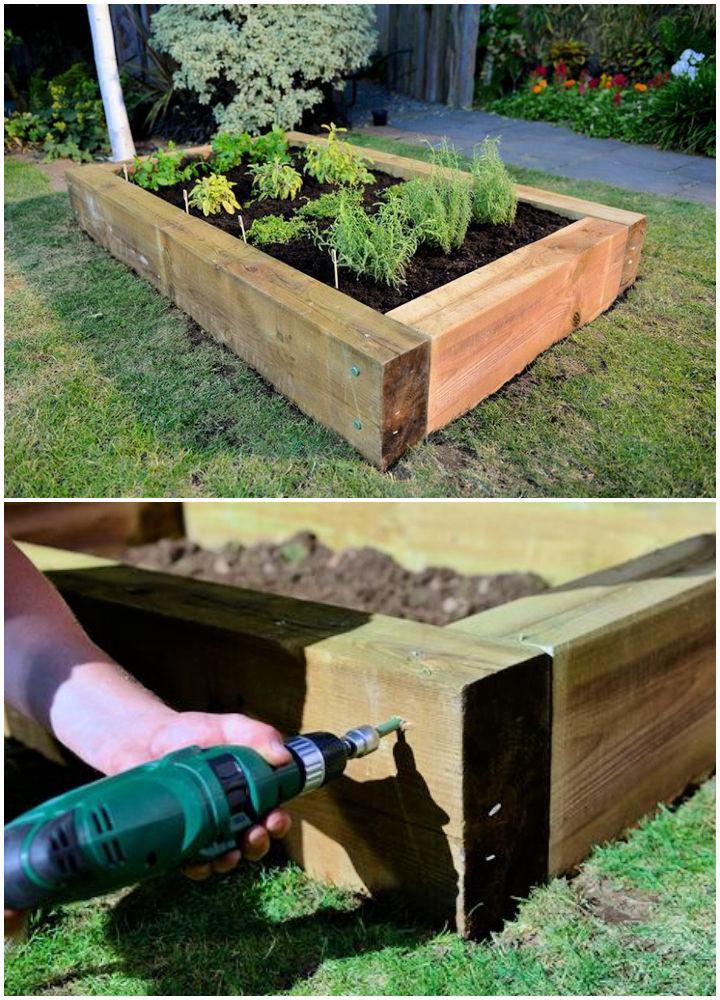
source: www.goodhousekeeping.com
15. Rolling Raised Garden Bed
is a convenient and innovative solution for gardening in limited spaces or for those who have difficulty bending or kneeling. With its raised design, the bed allows for easy access and less strain on the back. Additionally, the wheels attached to the bottom make it simple to move the garden bed to different locations for optimal sunlight or to rearrange your outdoor space. This versatile gardening option is perfect for growing a variety of plants, herbs, and vegetables right at your fingertips.
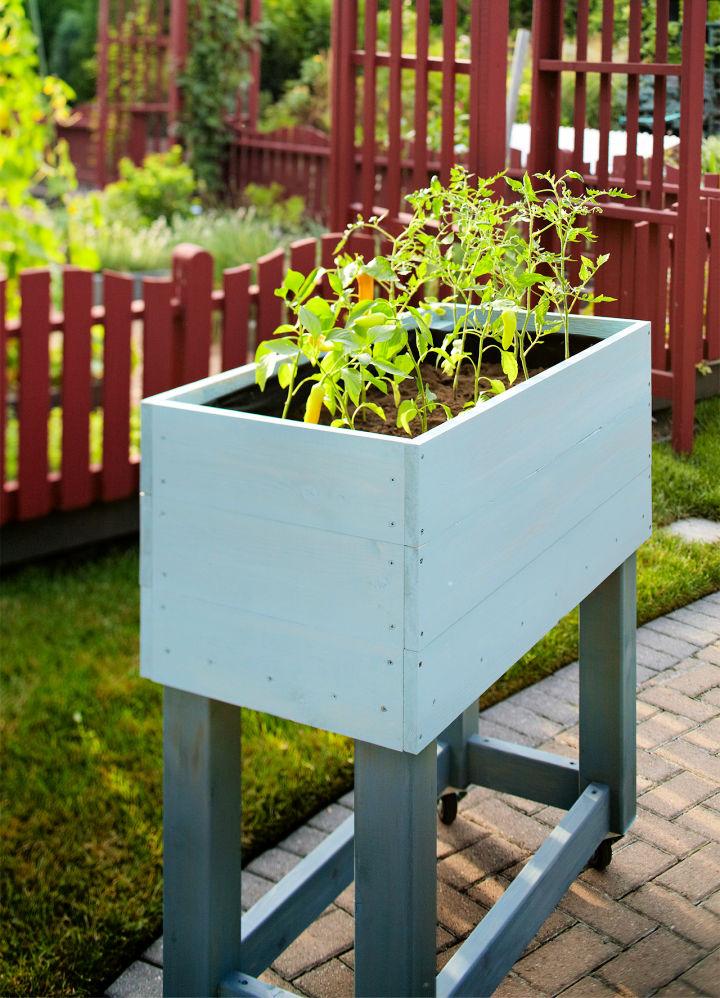
source: www.bhg.com
16. 4×4 Raised Garden Bed on Casters
A 4×4 raised garden bed on casters is a convenient and versatile way to grow your own fruits, vegetables, herbs, and flowers. The raised design makes it easier to plant, tend to, and harvest your garden without having to bend over or kneel on the ground. The addition of casters allows you to easily move the garden bed around your yard or patio to find the best sunlight or to rearrange your outdoor space. This type of garden bed is perfect for those with limited mobility or space, as it can be placed on a deck, balcony, or even indoors near a sunny window. With a 4×4 raised garden bed on casters, you can enjoy the benefits of gardening without the hassle of traditional planting methods.
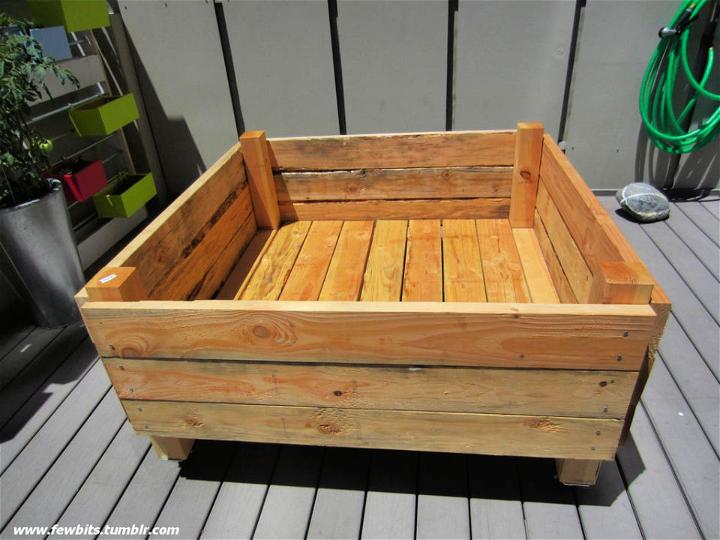
source: instructables.com
17. DIY Portable Raised Planter
A portable raised planter is a great way to create a mini garden in a small space or on a balcony. To make one, start by building a simple wooden frame and attaching legs to elevate it off the ground. Line the bottom with landscaping fabric to prevent soil from spilling out. Fill the planter with a mixture of potting soil and compost, then plant your favorite herbs, flowers, or vegetables. The raised design makes it easier to tend to your plants without having to bend over, and the portable feature allows you to move it around as needed for optimal sunlight or space usage.
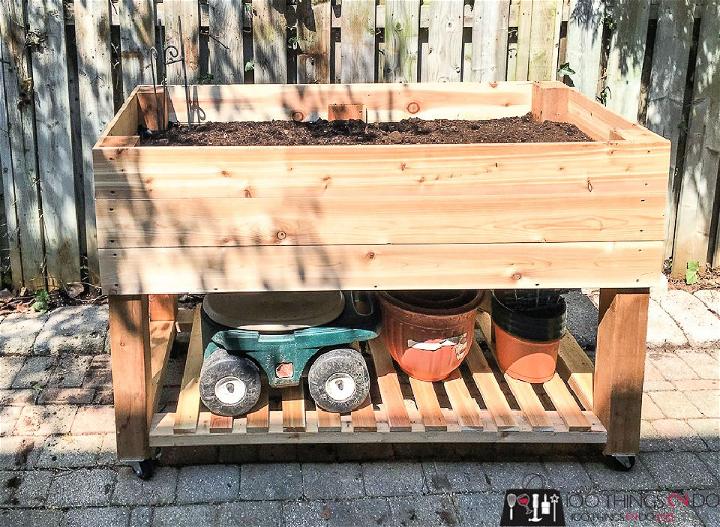
source: instructables.com
18. Raised Garden Bed with Drawers
A raised garden bed with drawers is a clever and practical solution for growing plants in limited space. The raised design allows for better drainage and prevents soil compaction, while the drawers underneath provide storage for gardening tools, seeds, and other supplies. This innovative design not only maximizes gardening potential but also adds a touch of organization and convenience to the garden space. Whether you are a seasoned gardener or new to gardening, a raised garden bed with drawers can be a great addition to your outdoor living area.
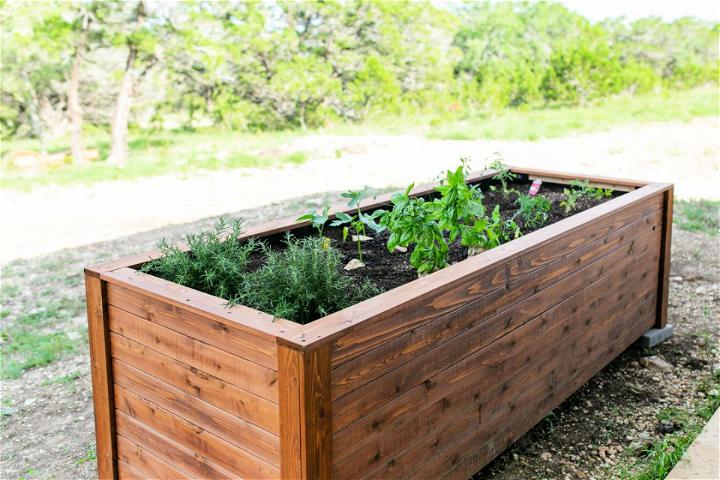
source: wilkerdos.com
19. DIY Waist High Garden Bed
Building a waist high garden bed is a great way to make gardening more accessible and enjoyable for people with limited mobility or those who simply prefer not to bend over. To create your own waist high garden bed, you will need some basic tools like a saw, drill, and hammer, as well as materials like lumber, screws, and soil. By following step-by-step instructions, you can easily construct a sturdy and attractive raised garden bed that is the perfect height for tending to your plants without straining your back. Not only does a waist high garden bed make gardening more comfortable, but it also provides better drainage and soil structure for your plants, leading to healthier and more abundant harvests.
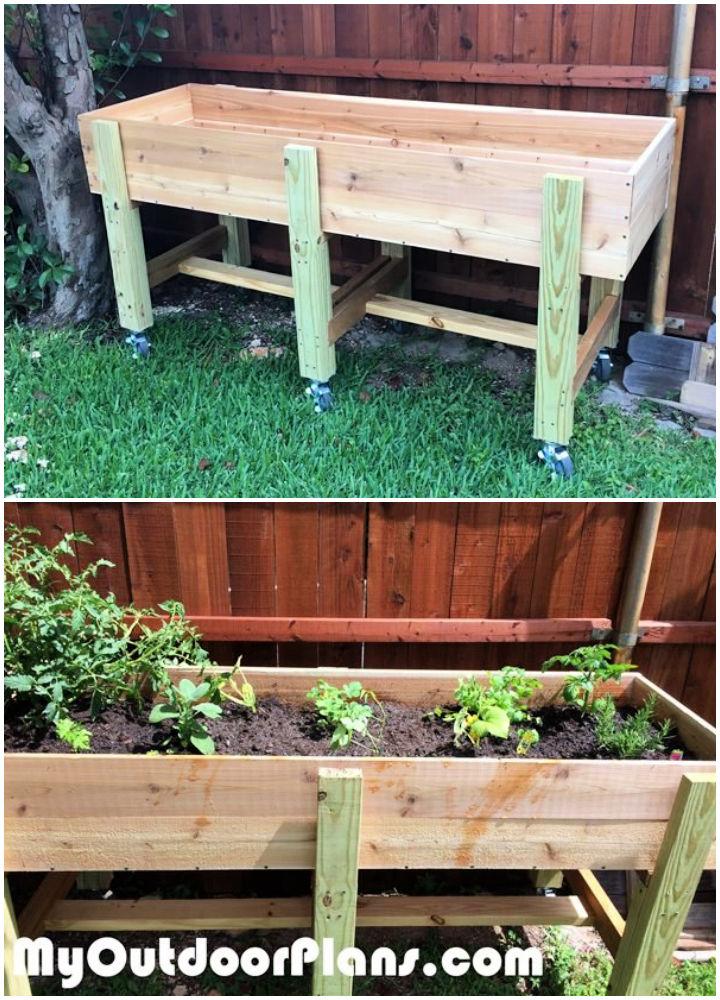
source: myoutdoorplans.com
20. Inexpensive DIY Raised Garden Bed
Creating an inexpensive DIY raised garden bed is a great way to start gardening without breaking the bank. By using simple materials like untreated lumber, cinder blocks, or even recycled materials, you can build a raised bed easily and affordably. This type of garden bed is perfect for growing a variety of plants, from vegetables to flowers, and can even help with drainage and soil quality. With a little bit of creativity and some basic carpentry skills, you can have a beautiful and productive garden bed in no time.
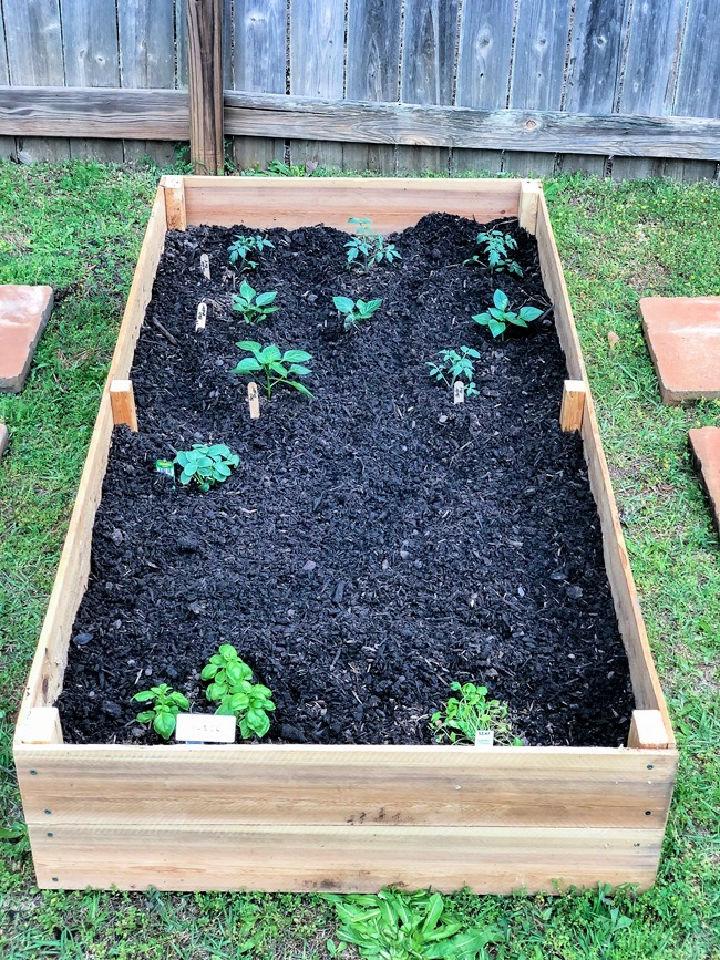
source: thefrugalhomemaker.com
FAQ:
What materials do I need to build a raised garden bed?
To build a raised garden bed, you will typically need wood, screws, soil, compost, and plants.
How much space do I need for a raised garden bed?
The size of your raised garden bed will depend on the space you have available, but a common size is 4 feet by 8 feet.
Do I need to use treated wood for a raised garden bed?
It is recommended to use untreated wood or untreated cedar for a raised garden bed to avoid any chemicals leaching into your soil.
How deep should a raised garden bed be?
A raised garden bed should typically be at least 6-12 inches deep to allow for proper root growth.
Conclusion:
Building your own raised garden bed is a rewarding and fulfilling project for beginners to tackle. With the variety of plans available, you can choose the one that best fits your space and gardening needs. Whether you opt for a simple design using basic materials or a more elaborate setup with intricate details, the satisfaction of growing your own fruits, vegetables, and herbs in a raised garden bed is unmatched. Start your gardening journey today with one of these 20 DIY raised garden bed plans and enjoy the abundant harvests that will follow.

